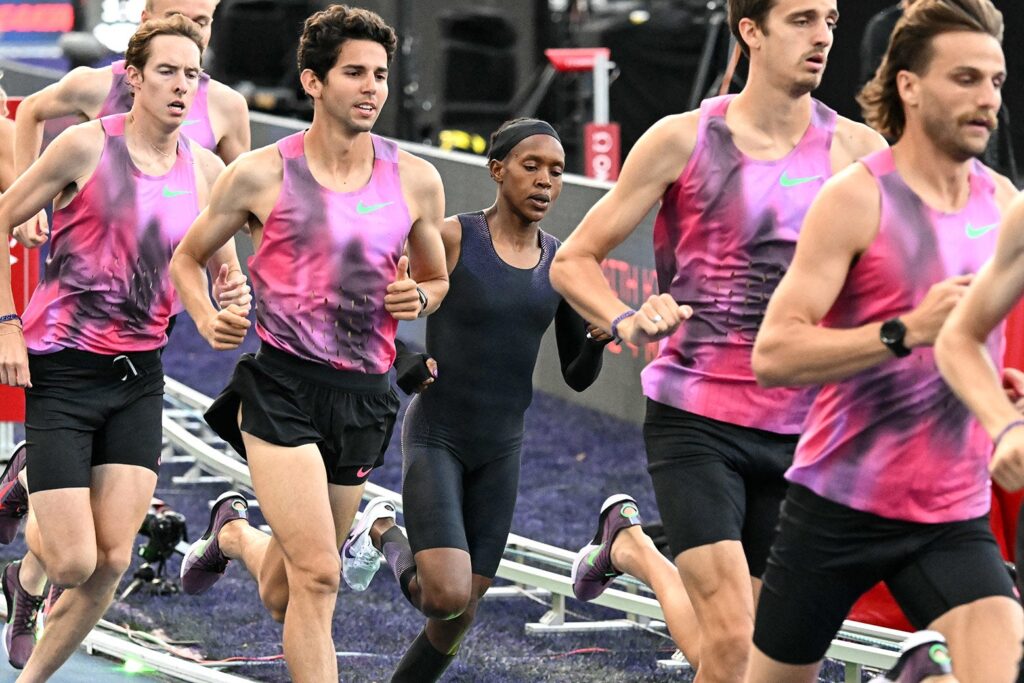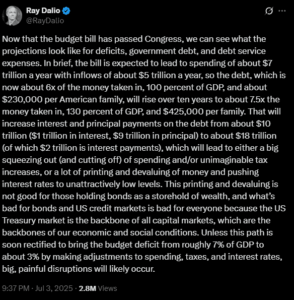
PARIS – On Thursday, Faith Kipyegon set out to achieve what no woman has ever done: run a mile in under four minutes. Despite the anticipation and media frenzy, Kipyegon fell short of this historic milestone. However, her attempt has sparked a broader conversation about the intersection of sports, marketing, and science.
Immediate Impact
The attempt was billed as a potential breakthrough for women’s sports, but the outcome was different. Kipyegon, despite her best efforts, did not break the four-minute barrier. This event has highlighted how marketing hype and media narratives can sometimes overshadow the realities of athletic performance.
Key Details Emerge
In February, a scientific study suggested that Kipyegon could potentially run a mile in 3:59.37, provided she had perfect drafting and ideal conditions. These assumptions were based on her world record time of 4:07.64 set in 2023. The study’s authors were clear about the limitations, noting that such a feat required everything to align perfectly.
4:07.64 – Faith Kipyegon’s world record mile time in 2023
Industry Response
Nike, a major sponsor, organized a PR event for Kipyegon’s attempt, amplifying expectations through a multimillion-dollar campaign. The narrative suggested that with scientific innovation, Kipyegon was on the brink of making history. However, a more conservative analysis published in April, which was not highlighted by Nike, concluded that a sub-four-minute mile was not imminent.
“Current data are insufficient to suggest that a sub-4 minute mile is imminent,” stated the April study co-authored by a Nike scientist.
By the Numbers
- 1.2 seconds – The amount Kipyegon shaved off her personal best
- 6 seconds – The additional time needed to break the four-minute barrier
- 3 percent – The improvement needed to achieve a sub-four-minute mile
What Comes Next
The event has raised questions about the role of science in sports and the potential consequences of overhyping scientific studies. This pattern of inflating scientific promises and then retreating when reality doesn’t match expectations can erode public trust in science. The focus on male pacers for Kipyegon’s attempt has also sparked a debate about gender dynamics in sports.
Background Context
In comparison, Eliud Kipchoge’s sub-two-hour marathon required only a 1.6 percent improvement under ideal conditions. The expectation that Kipyegon would experience double the benefit was, in hindsight, overly optimistic. The narrative surrounding Kipyegon’s attempt framed it as a campaign for women’s sports, yet it inadvertently highlighted the challenges women face when their achievements are measured against male standards.
“Sometimes you have to change the rules for people that are special,” said Carl Lewis, nine-time Olympic gold medalist, during the broadcast.
Expert Analysis
Experts argue that while the attempt was ambitious, the framing of the event as a likely success was misleading. The narrative that science could make the “impossible” possible set unrealistic expectations. It is crucial to celebrate athletes like Kipyegon for their actual achievements rather than the potential to meet artificially inflated goals.
The focus now shifts to what this means for the future of women’s athletics and the portrayal of female athletes in media and marketing. Kipyegon’s effort, although not resulting in a new record, still represents the pinnacle of human performance and determination.
As the dust settles, the conversation continues about how best to support and celebrate women’s sports without resorting to unrealistic expectations. The story of Faith Kipyegon serves as a reminder of the complex interplay between athletic ambition, scientific prediction, and corporate marketing.




